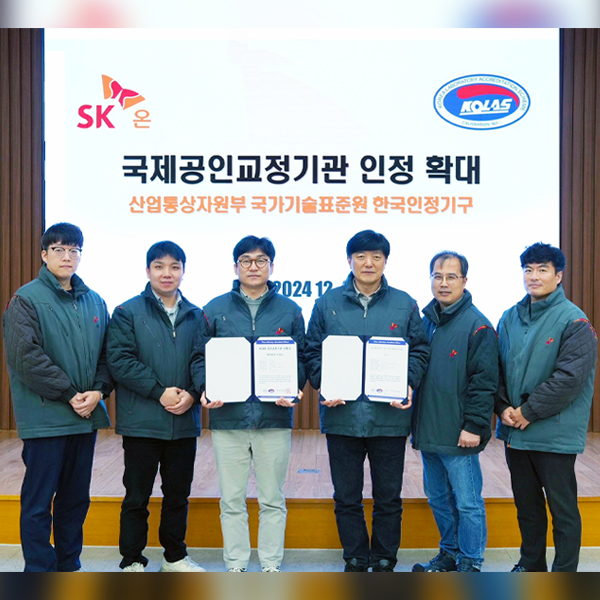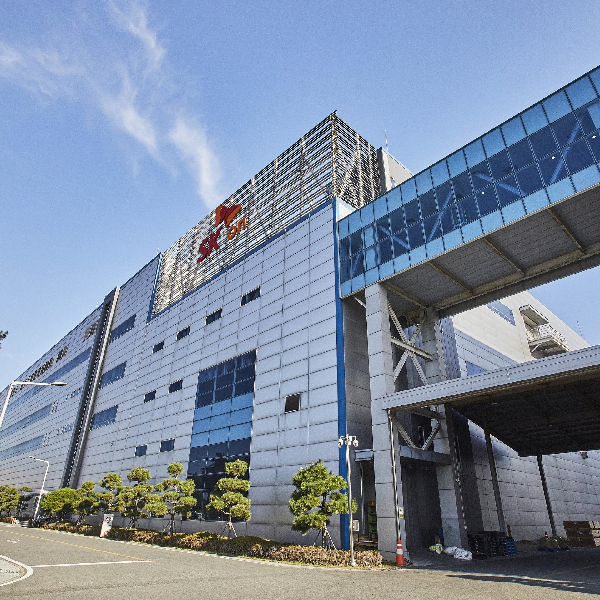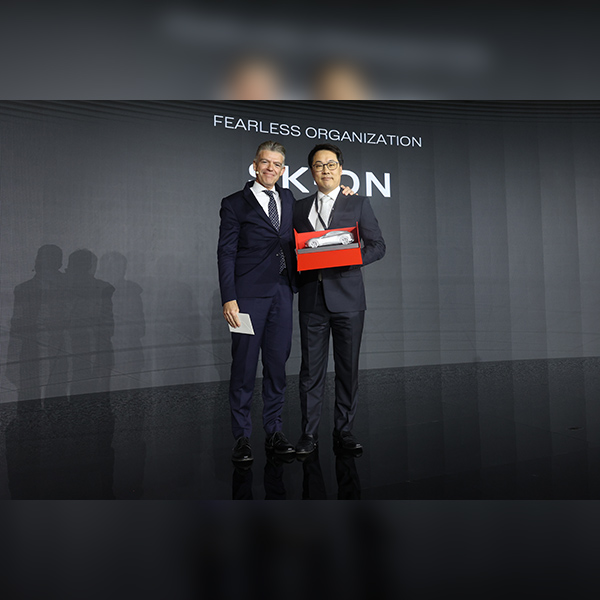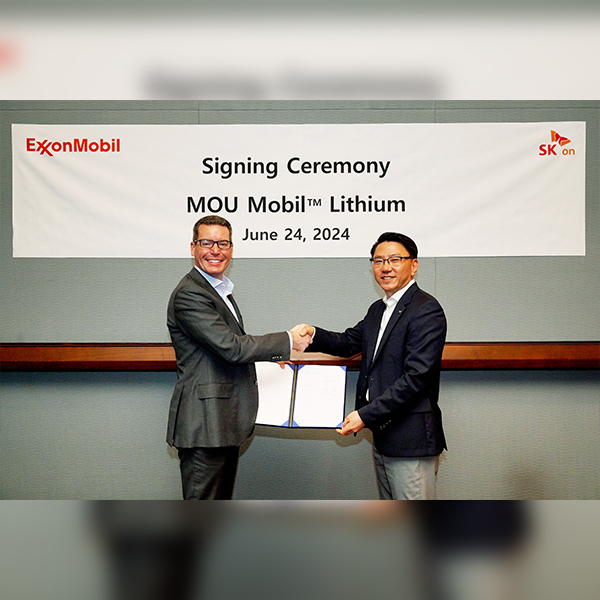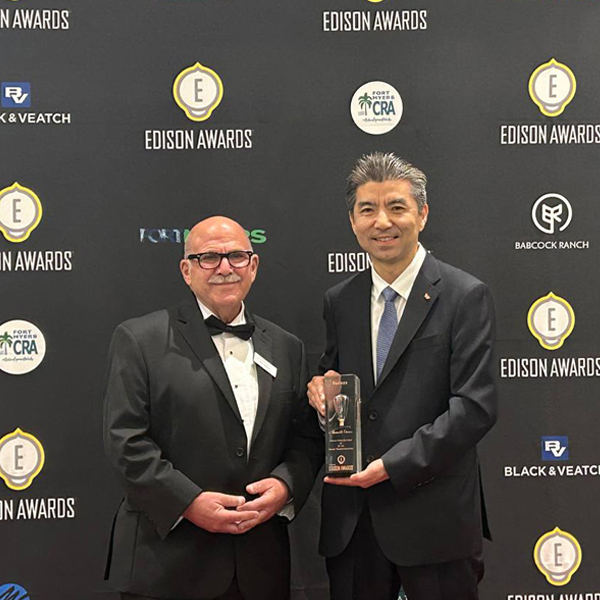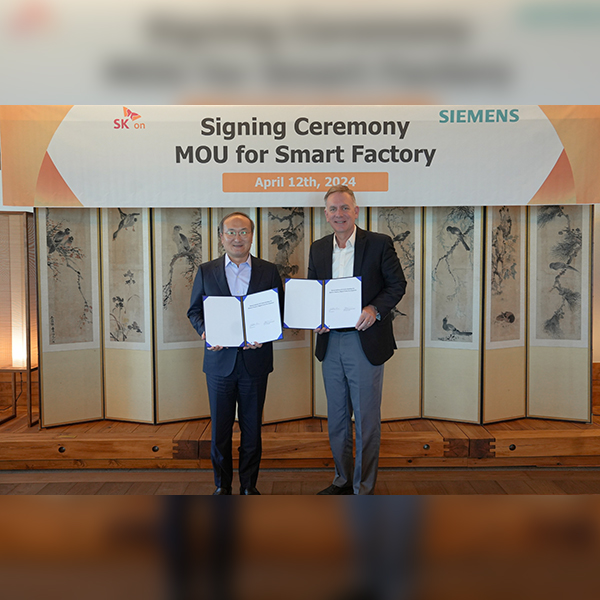 SK On
SK On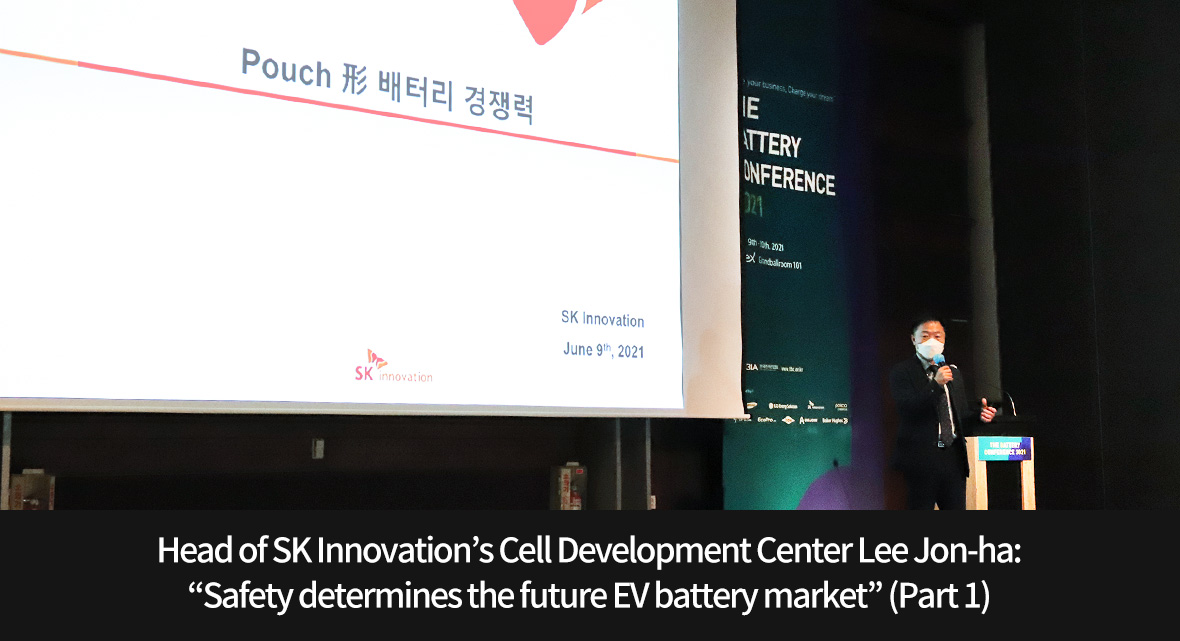
Lee Jon-ha, Head of SK Innovation’s Cell Development Center, was invited as a special speaker on the first day of “The Battery Conference 2021” held by the Korea Battery Industry Association on June 9th and 10th. During his presentation under the topic of “Competitive power of pouch-type battery”, Lee spoke about SK Innovation’s battery technology and safety, which are recognized worldwide.
SK Innovation’s battery shows unrivaled safety, for it has not caused any fire after supplying batteries for approximately 2.5 million EVs up until now.
We would like to introduce his speech to help you get better understanding about SK Innovation’s EV batteries.
Part 1: The five main reasons that cause fire in EV batteries
ㅣ Which factor does SK Innovation pay most attention to while developing and producing batteries?
What do you think is most important when driving EVs? It’s safety.
Safety is a very basic yet tricky factor actually. Customers want EV batteries with better performance, while automakers want batteries at a lower price. As a battery developer, we have to consider various ways since it is hard to satisfy all of those demands. However, we believe that no matter what the customers’ safety must always be our top priority.
SK Innovation has not caused a single fire accident while shipping out around 270 million battery cells (amount for approximately 2.5 million EVs). In my opinion, having no fire accident after delivering such a big volume is something very meaningful. SK Innovation could make it because we performed “self-benchmarking,” in which we analyze our own batteries and after that, we use those self-analyzing results to continue with R&D that puts safety upfront.
ㅣ What is the main cause of batteries catching fire?
The reason why batteries catch fire can be seen from two perspectives: the individual cell perspective and the battery pack perspective, which is a group of 300-400 individual cells.
First, from the individual cell perspective, the “internal short circuit” is the biggest cause.
In a battery cell, there is an anode, a cathode, a separator, and a kind of electrolyte. Among these, if the anode and cathode directly come in contact, an intense chemical reaction occurs, and this causes fire. We call this internal short circuit.
There are five reasons that could make internal short circuit happen: poor alignment, absence of separator, inflow of foreign metal substances, internal deformation, and separator damage.
For better understanding, let me make a simple comparison. Inside a battery, rectangular sheets of anode, separator, and cathode are stacked up repeatedly. If this process of stacking up the sheets is not precise enough and the edge of the anode sheet sticks out, or if the cathode rectangle is rolled in, that will cause a fire. We call this “poor alignment”.
Likewise, if the separator that is placed between anodes and cathodes in the stacking process is not overlapped properly, the anodes and cathodes come in contact and causes fire. We call this “absence of separator”.
Next, we have the case where foreign metal substances splash in during the welding process. In this case, ions stick onto the metal and grows, causing fire. We see this as an accident caused by “foreign metal substances”.
As I said above, the sheets of anodes, separators, and cathodes are stacked up, and this is a pouch-type battery. There are other types of batteries that use different methods. One method is to make the anode, separator, and cathode like a long roll of toilet paper, overlap it in advance, and wrap it as if wrapping it on one’s hand. If you keep on wrapping, the palm side is flat, but the back side forms curves. As the batteries are used, expansion occurs, and the expansion shape differs on the curve and flat side, so it gets distorted. Over time, intensive chemical reaction occurs on this distorted part, causing a build-up of jagged crystals that cause fires. This is what we call “internal deformation”.
The last cause of fire is “separator damage”. This can happen during the charging/discharging process. Usually, the cylinder-type batteries are vulnerable to this last cause. When the battery is charged and discharged over and over again, the inside expands. The cylinder-type has materials rolled up densely, so the separators are pressured when expansion occurs. If this is repeated, the micro-pores on the separator gradually deforms, and this can cause a fire.
ㅣ Then, how is SK Innovation responding to the five causes of fire noted above?
SK Innovation’s pouch-type batteries have a relatively low possibility of the breakout of the last 3 causes that I have mentioned earlier, which are inflow of foreign metal substances, internal deformation, and separator damage.
Excluding these, we’re left with the first and second cause, the poor alignment and absence of separator. SK Innovation fundamentally blocks the occurrence possibility of such causes through innovative manufacturing technologies.

▲ A model poses with SK Innovation’s pouch battery at InterBattery 2021
In the next part, we will give you more detailed explanation about our “innovative manufacturing technologies.”










 Youtube
Youtube Facebook
Facebook Instagram
Instagram Linkedin
Linkedin









